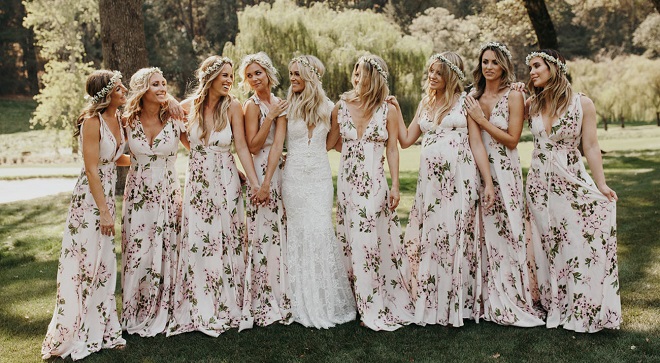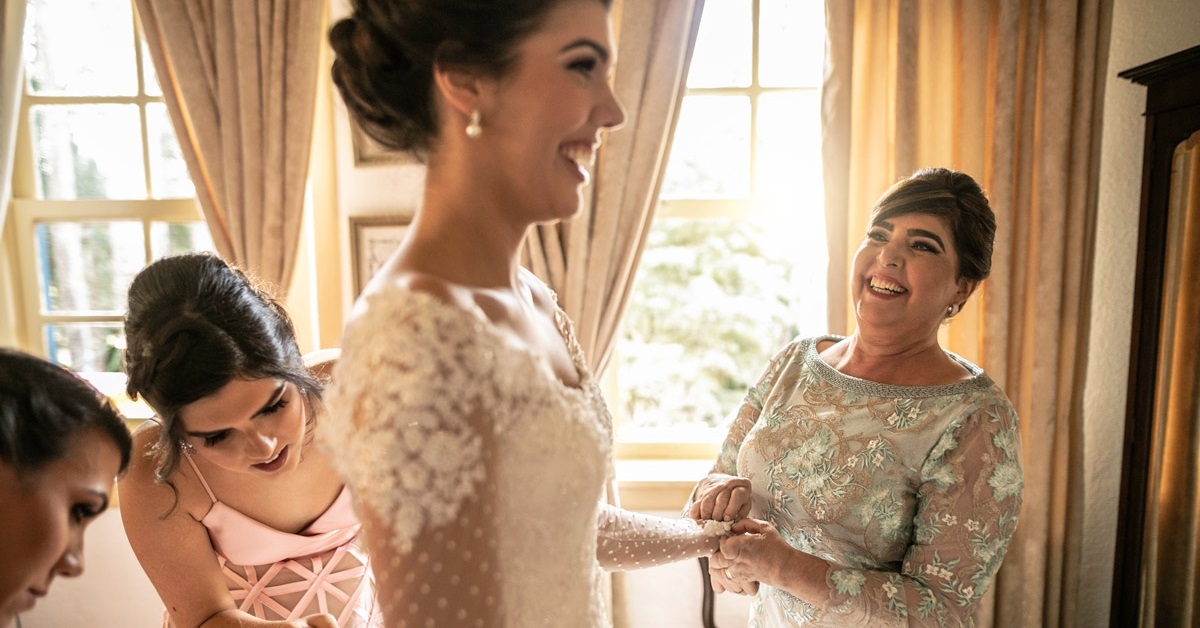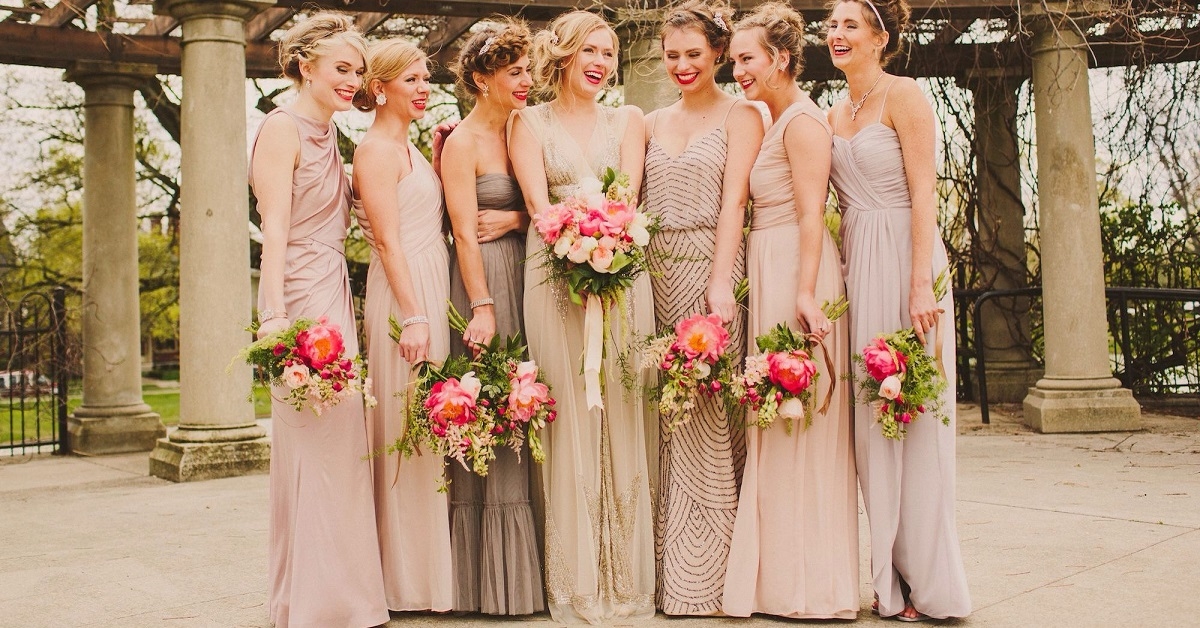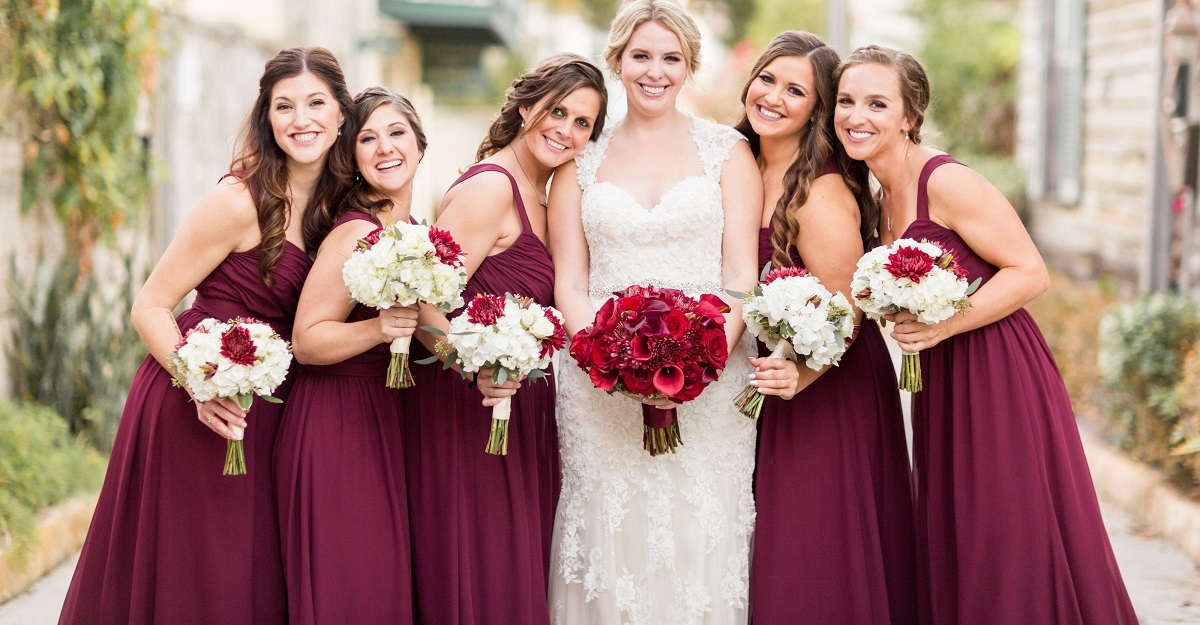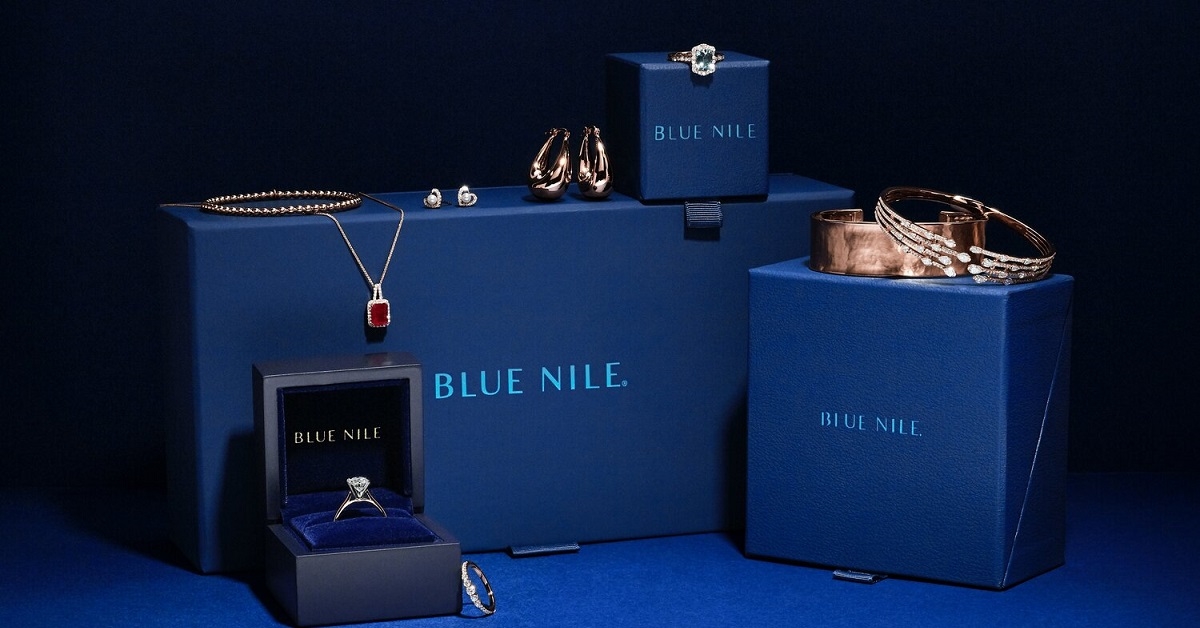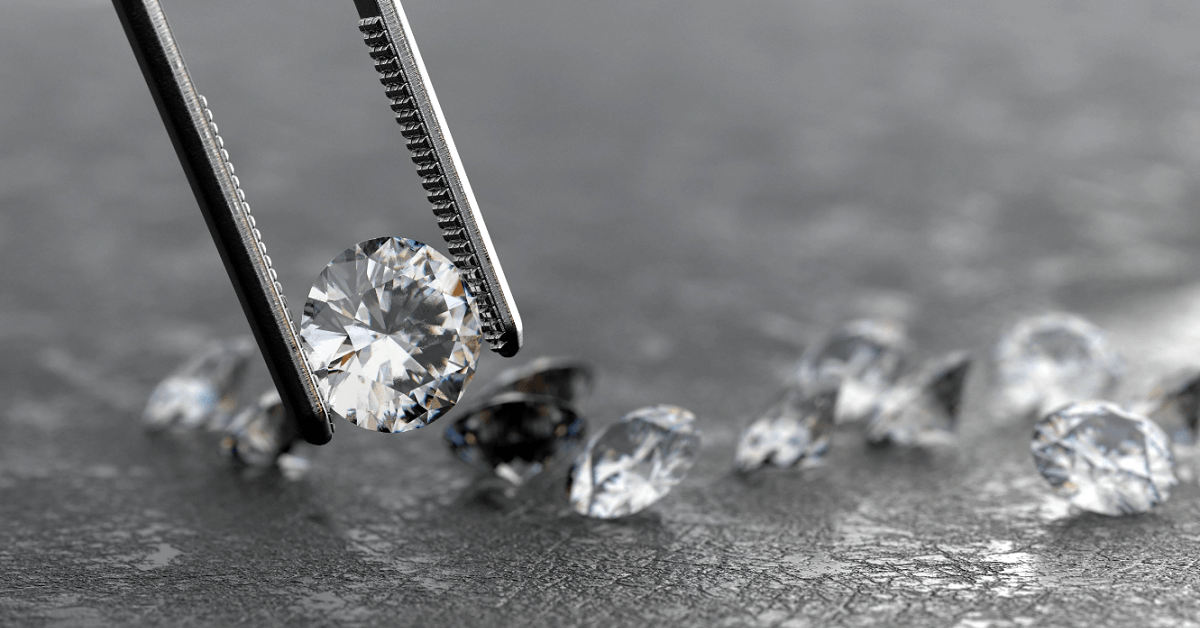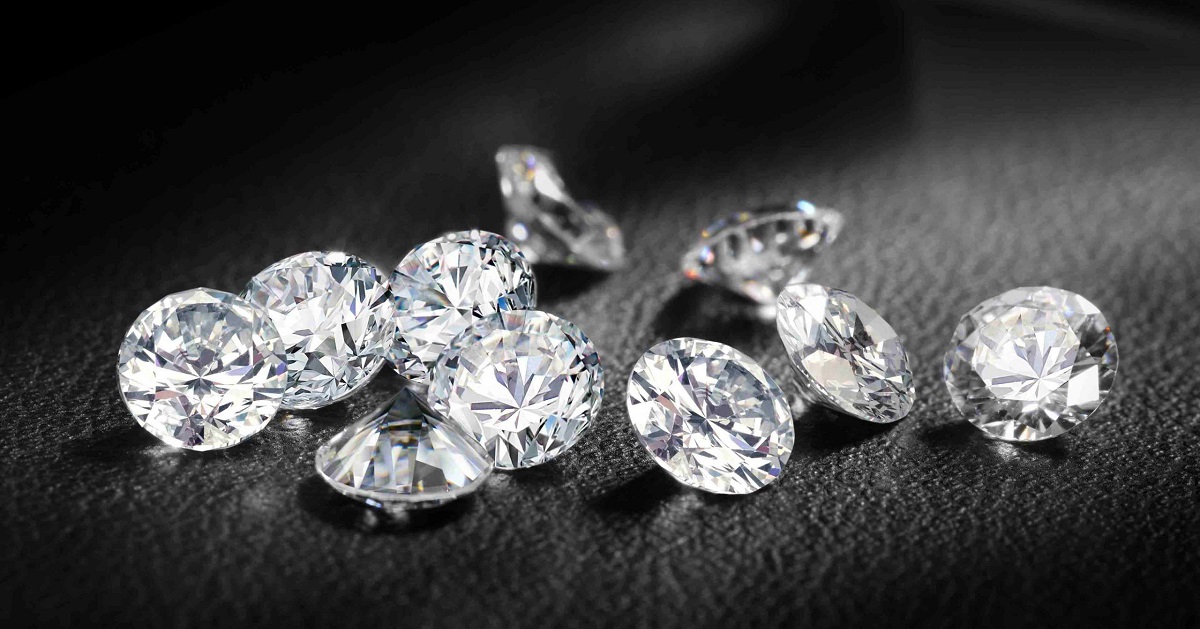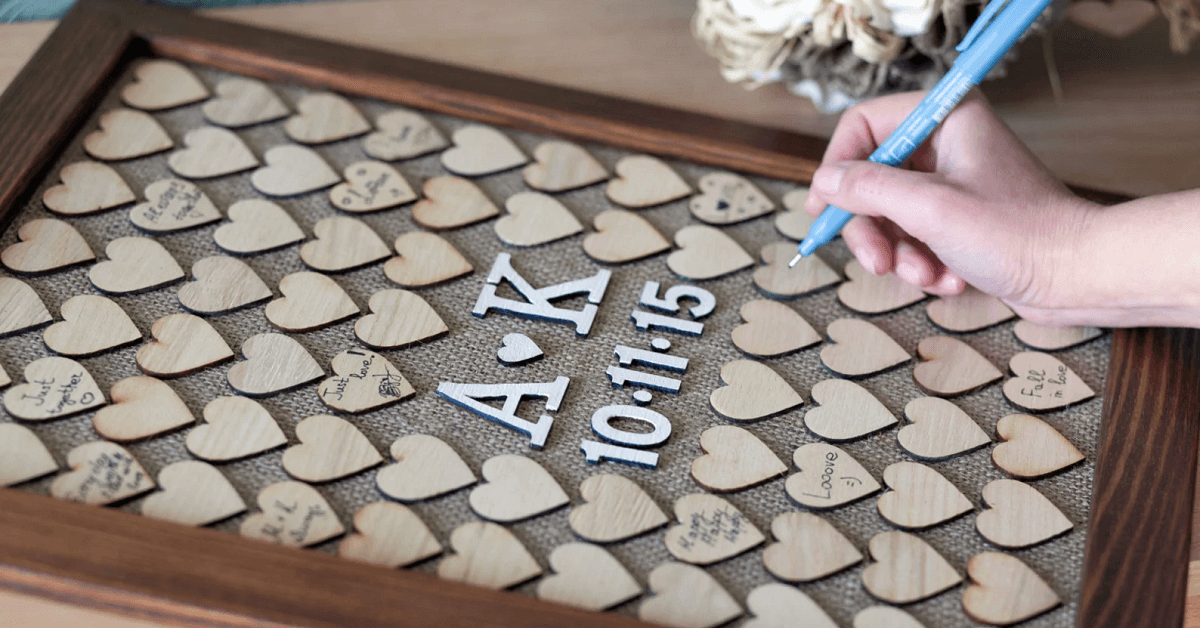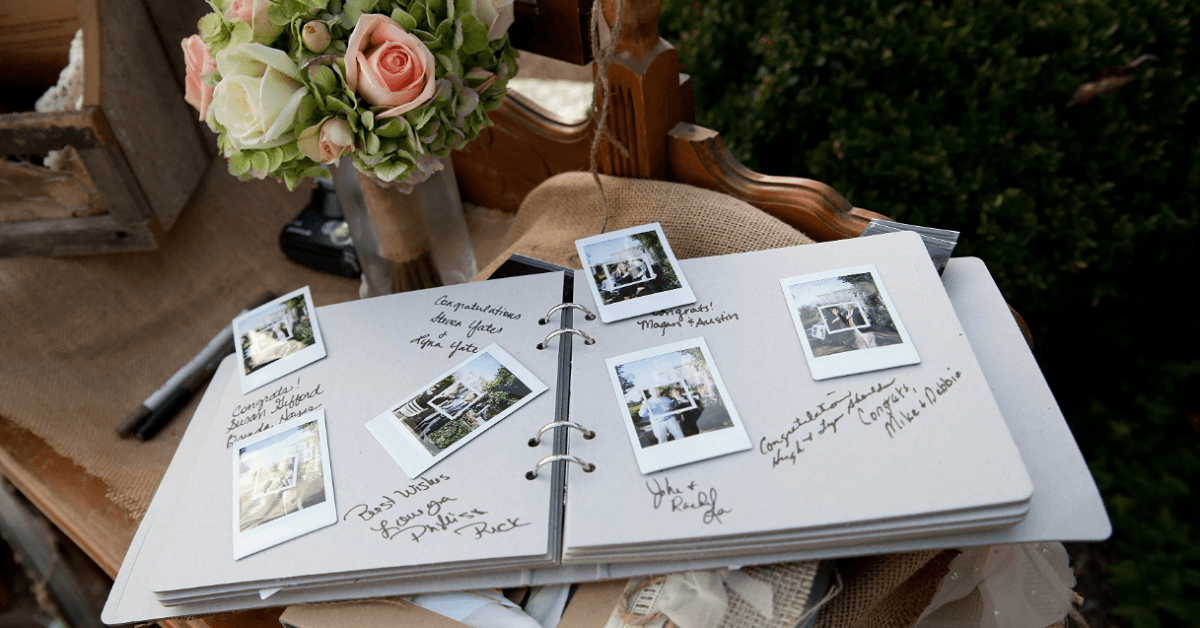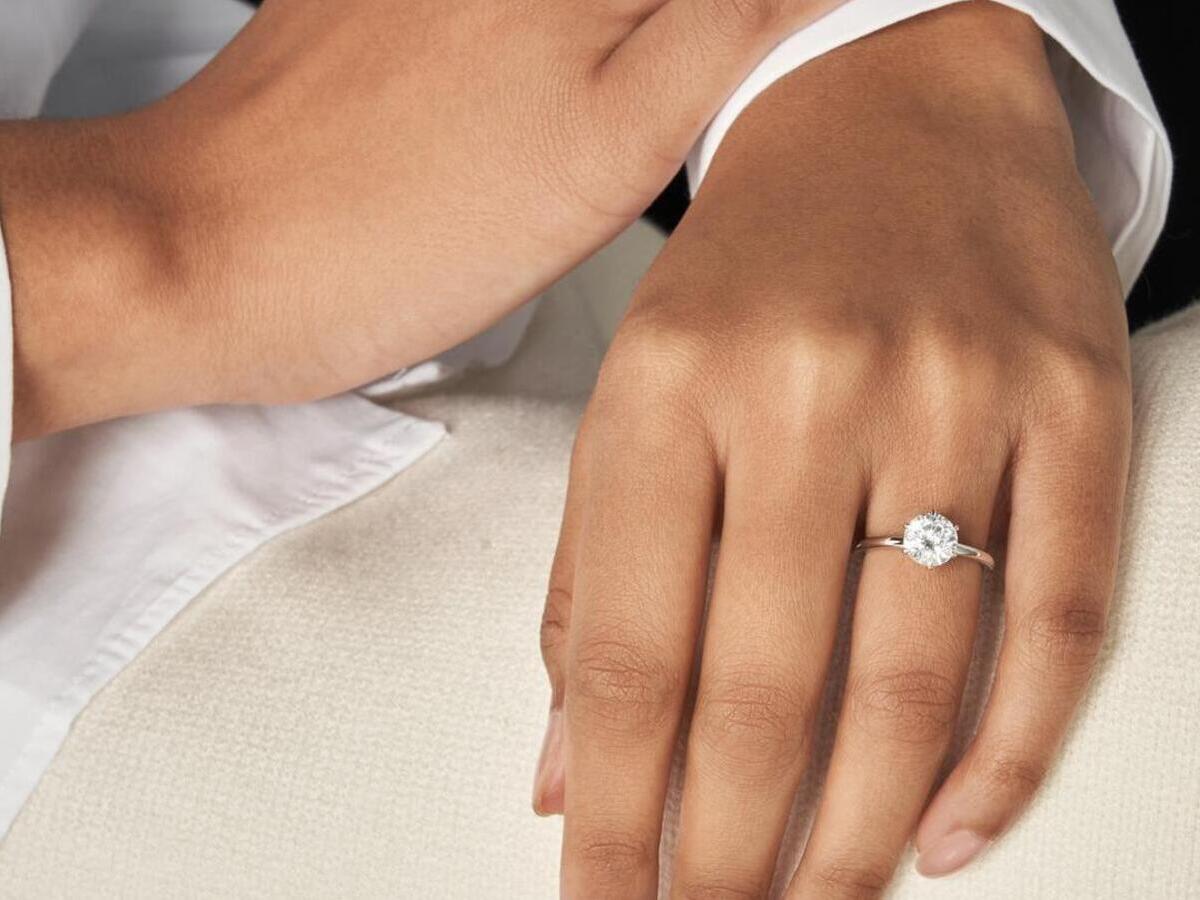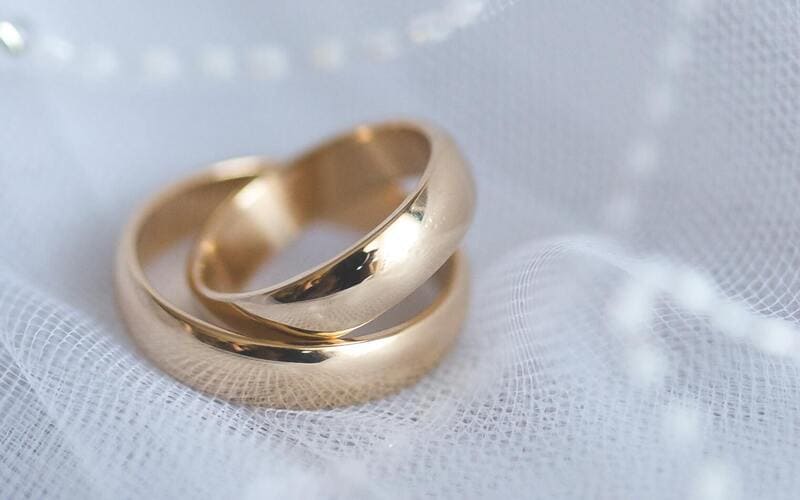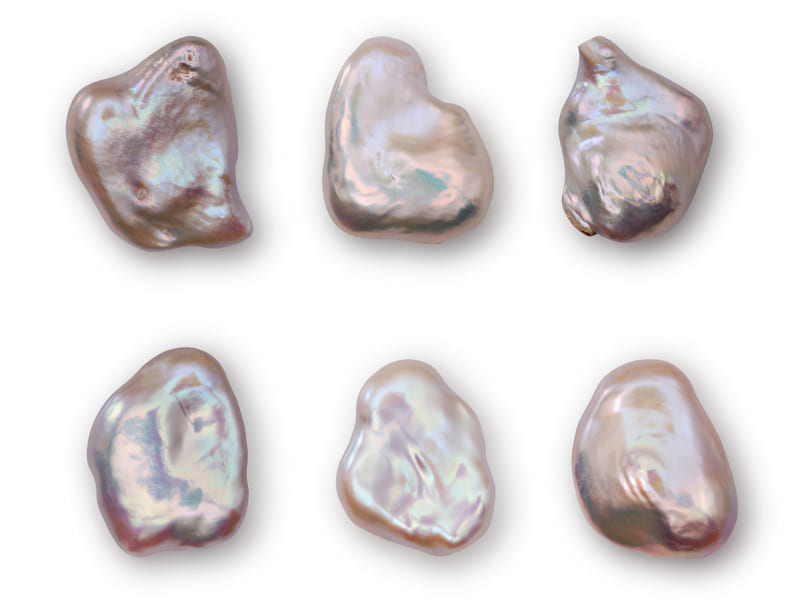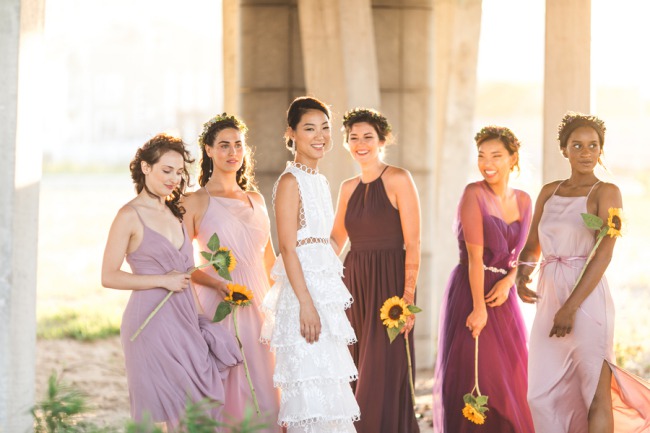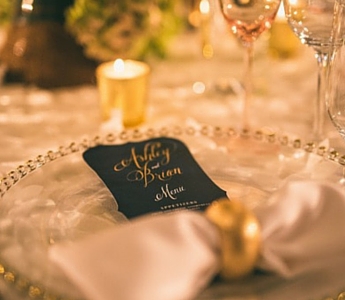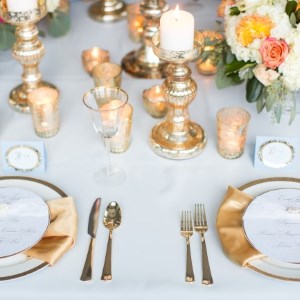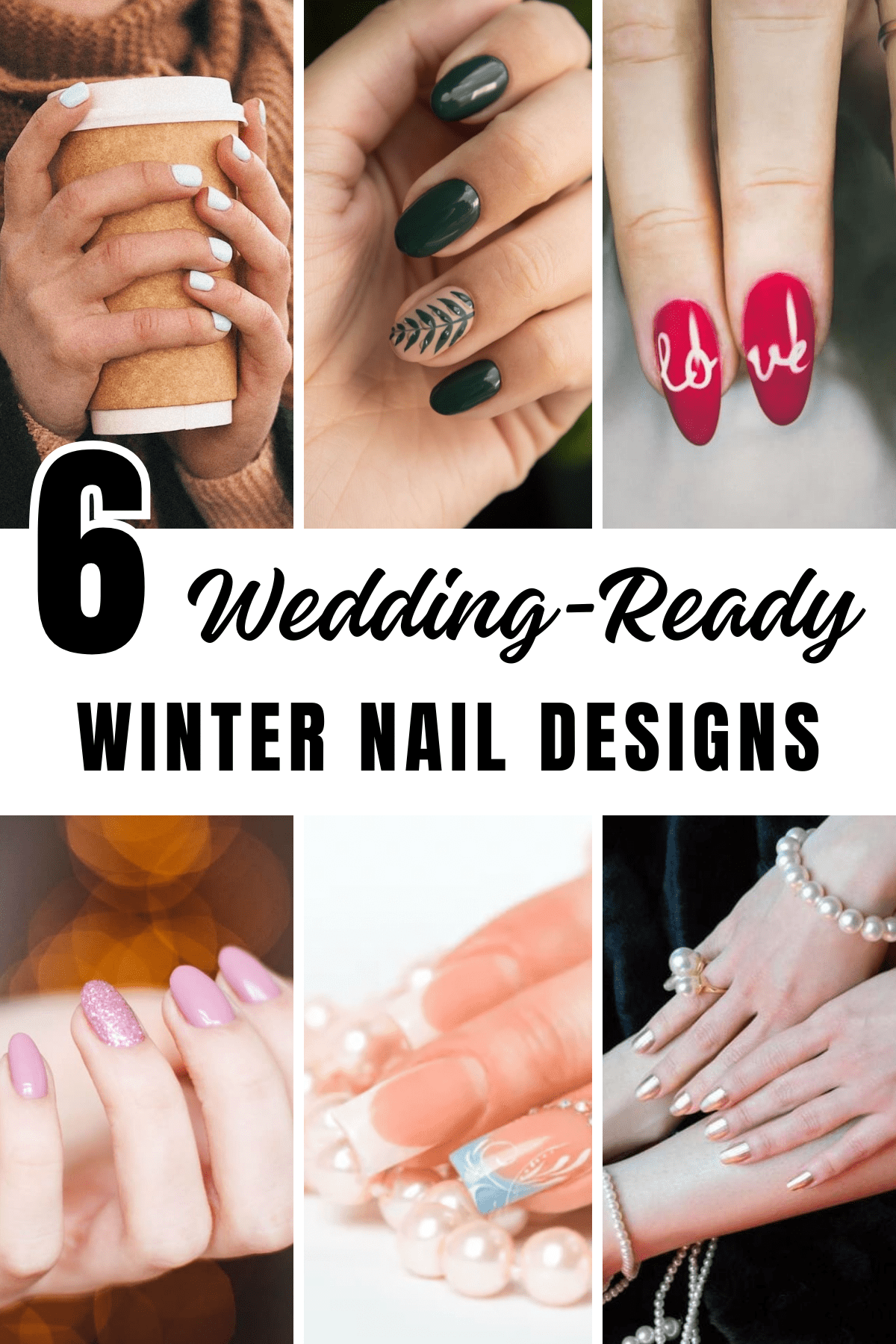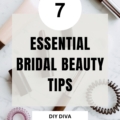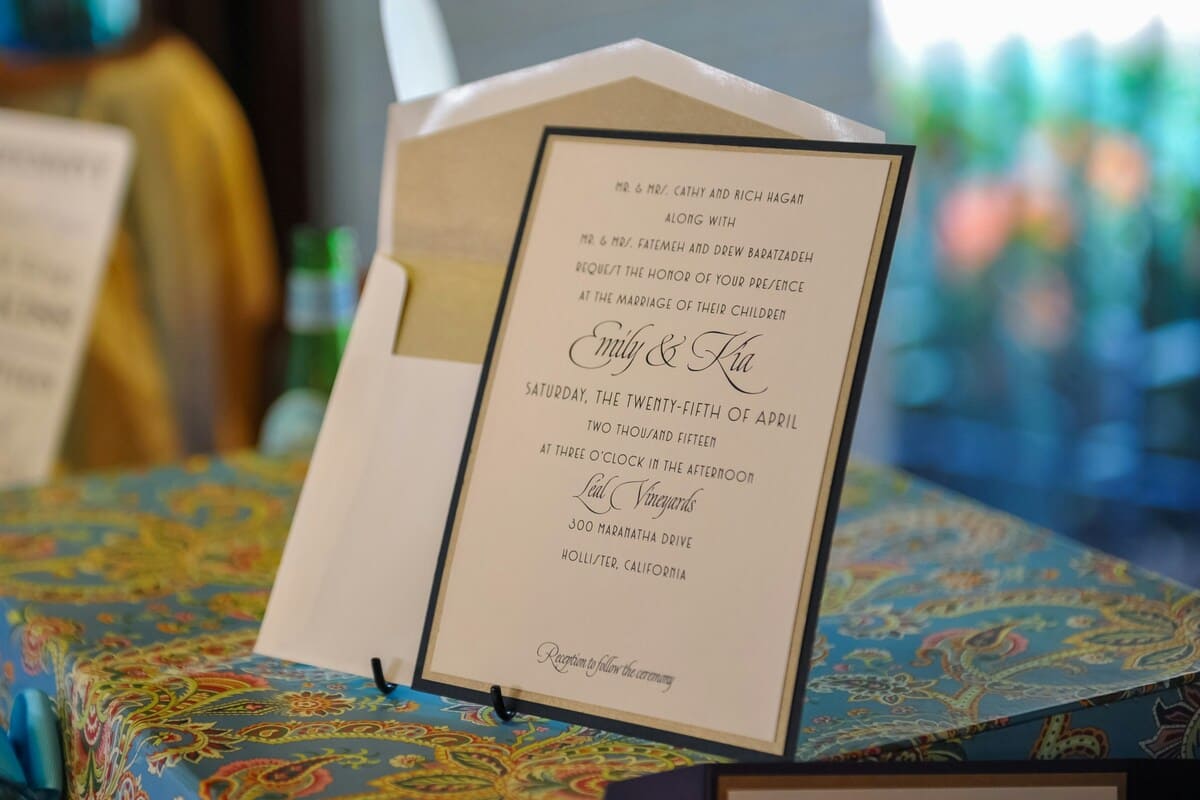Rare Carat Reviews: Legit or a Scam?
Many of our readers reached out to us asking our opinion about…
Who Buys the Wedding Bands: Unveiling the Traditions and Modern Trends
As you embark on your journey to find the perfect symbol of…
The Enchanting Beauty of Baroque Pearls
Welcome to our exquisite guide on baroque pearls, where we unravel…
Recent Styled Shoots
17 Traditional and Modern Rustic Wedding Guest Books With Country Charm!
Wedding guest books don’t have to just be a way to document…
Gift Fails: 10 Things to Do When You Get a Gift You Secretly Hate (#2 Works Best)
Ah, celebrations – a time of joy, appreciation, and shared…
Are Your Nails Wedding-Ready? Brides Are Obsessing Over These 6 Winter Designs
As the winter season draws near, many brides find themselves…
Wedding Planning
Wedding Invites: Everything You Need To Know
The wedding invite. This is the first time you are formally…


